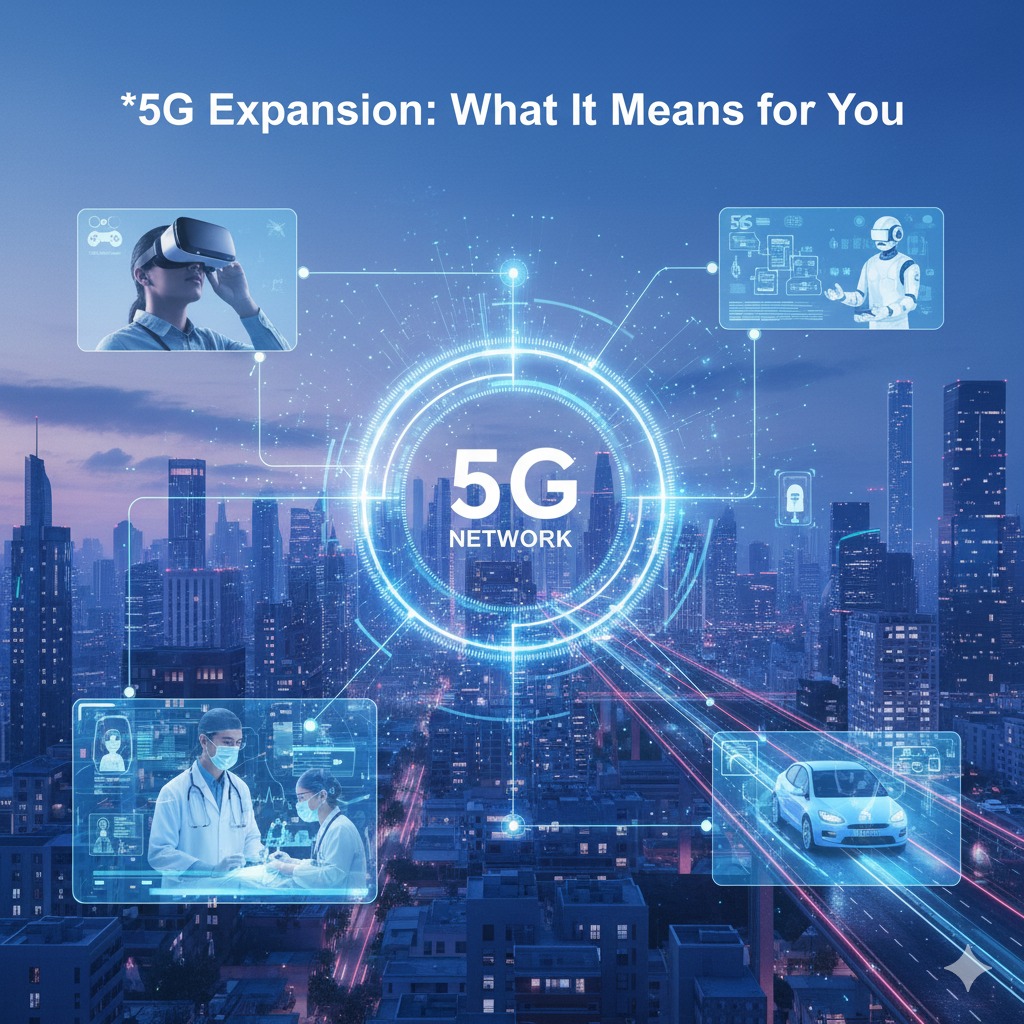
Cloud Gaming: Can It Replace Consoles?
Mục lục 1 The Dawn of a New Era in Gaming 1 1. Understanding Cloud...
In an era where innovation relentlessly reshapes industries, the entertainment world stands on the precipice of its next great transformation, largely spearheaded by artificial intelligence. Leading this charge, the streaming titan **Netflix** is meticulously weaving AI into the very fabric of its operations, moving beyond mere recommendations to actively shape the future of content creation itself. For tech enthusiasts fascinated by the convergence of cutting-edge algorithms and cinematic artistry, **Netflix’s** strategic embrace of AI presents a compelling narrative of how technology isn’t just delivering content, but actively helping to craft it.
Long before discussions of AI-powered scriptwriting captured headlines, **Netflix** was already an AI powerhouse. Its legendary recommendation engine, a sophisticated tapestry of machine learning algorithms, analyzes billions of data points – from watch history and genres to pause points and rewind habits – to curate a highly personalized viewing experience for each of its hundreds of millions of subscribers. This isn’t just about suggesting what to watch next; it’s about optimizing everything from thumbnail images that resonate most with specific user segments to the precise bitrates for content delivery, ensuring seamless streaming even on varied connections. Furthermore, AI tools are employed in production logistics, optimizing shooting schedules, location scouting, and resource allocation to enhance efficiency and reduce costs, proving AI’s invaluable role in the backend long before it even touches the creative frontlines.
**Netflix’s** ambition for AI extends far beyond operational efficiencies and personalized discovery. The company is actively exploring and investing in AI’s potential to directly aid and enhance the content creation pipeline, promising a revolution in how stories are conceived, produced, and localized.
AI-Assisted Script Development: While the notion of AI writing entire feature films autonomously remains largely science fiction, **Netflix** is keenly interested in AI’s role as a powerful assistant to human screenwriters. This can involve leveraging AI to analyze vast datasets of successful narratives to identify popular plot structures, character arcs, and thematic elements. AI tools can help in generating new story ideas, refining dialogue, ensuring character consistency across multiple episodes, and even predicting audience reception to various plot points. This doesn’t replace human creativity but augments it, providing writers with data-driven insights and freeing them to focus on the truly unique and emotional aspects of storytelling.
Virtual Production and Visual Effects (VFX): **Netflix** is a significant adopter of virtual production technologies, where AI and machine learning play a crucial role. Techniques like those popularized by shows such as **The Mandalorian**, utilizing **Unreal Engine** and LED stages, allow filmmakers to shoot actors against immersive digital environments in real-time. AI-powered tools assist in creating hyper-realistic digital sets, generating crowd simulations, de-aging actors for specific roles (as seen in **The Irishman**), and even creating entirely synthetic characters. This not only streamlines post-production but also offers unprecedented creative freedom, enabling the realization of ambitious cinematic visions that were once prohibitively expensive or technically impossible.
Automated Post-Production: The post-production phase, traditionally labor-intensive, is ripe for AI integration. AI can assist with initial edits by identifying compelling takes or assembling rough cuts based on script analysis. Tools are emerging that can automate mundane tasks like color grading, sound mixing, and even identifying continuity errors. For visual effects, AI can significantly speed up rotoscoping, object removal, and environmental enhancements, drastically cutting down on human effort and accelerating the delivery of high-quality content.
Advanced Localization and Accessibility: As a global platform, **Netflix’s** success hinges on its ability to deliver content in hundreds of languages. AI is revolutionizing localization through advanced automated dubbing, subtitling, and voice cloning technologies. AI algorithms can analyze spoken dialogue, translate it with contextual accuracy, and even synthesize voices that match the original actors’ tone and emotion, often adjusting for lip-sync. This allows **Netflix** to bring diverse stories to a worldwide audience faster and more cost-effectively, while also enhancing accessibility features for viewers with disabilities.
The strategic integration of AI across **Netflix’s** content lifecycle promises a multitude of benefits. Primarily, it’s about unprecedented efficiency, reducing the time and cost associated with producing high-quality content, allowing **Netflix** to invest more in creative projects. Secondly, AI fosters innovation, enabling creators to push artistic boundaries with tools that facilitate complex visual effects and dynamic storytelling. Thirdly, and perhaps most excitingly for viewers, AI offers the potential for even deeper personalization. Imagine not just recommended shows, but potentially dynamic content elements that subtly adapt based on your viewing preferences, creating a more uniquely engaging experience within a shared narrative. This could manifest in personalized scene cuts, alternative endings, or character interactions tailored to individual tastes – though this remains a speculative, long-term vision requiring careful ethical consideration.
The rise of AI in content creation isn’t without its complexities and ethical dilemmas. One significant concern is the impact on human jobs within the creative industries. While **Netflix** positions AI as an augmentation tool, anxieties persist about potential displacement for writers, editors, and VFX artists. Furthermore, questions surrounding creative control and authorship arise: to what extent does an AI-assisted script remain the sole creation of its human writer? Bias within AI algorithms is another critical issue; if trained on skewed data, AI could inadvertently perpetuate stereotypes or limit creative diversity. The authenticity of AI-generated or enhanced content also becomes a talking point, particularly with advancements in deepfake technology, raising questions about what is real and what is synthetically produced. **Netflix**, like the industry at large, must navigate these challenges with transparency and a strong commitment to ethical AI development.
Looking ahead, AI is set to become an inextricable part of every stage of **Netflix’s** content journey, from initial concept development to final distribution and audience engagement. It will continue to drive unprecedented efficiencies, unlock new creative possibilities for filmmakers, and potentially deliver an even more tailored and immersive viewing experience. **Netflix’s** approach emphasizes AI as a powerful collaborator, designed to empower human talent rather than supplant it. For tech-savvy viewers, this means a future where the boundary between technology and storytelling blurs, offering a richer, more diverse, and more efficiently produced library of content. The era of AI-powered content is not just an ambition for **Netflix**; it’s a rapidly unfolding reality that promises to redefine entertainment as we know it, making every stream a testament to algorithmic ingenuity and human creativity working in concert.

Mục lục 1 The Dawn of a New Era in Gaming 1 1. Understanding Cloud...

Mục lục 1 The Dawn of a Connected Era: Unpacking 5G’s Global Rollout 1 1....

Mục lục 1 Quantum Computing Breakthroughs This Year: A Leap Towards the Future 1 1....
Mục lục 1 Semiconductor Shortage: Is the Silicon Drought Finally Over? 1 1. The Echoes...
Category with many best articles